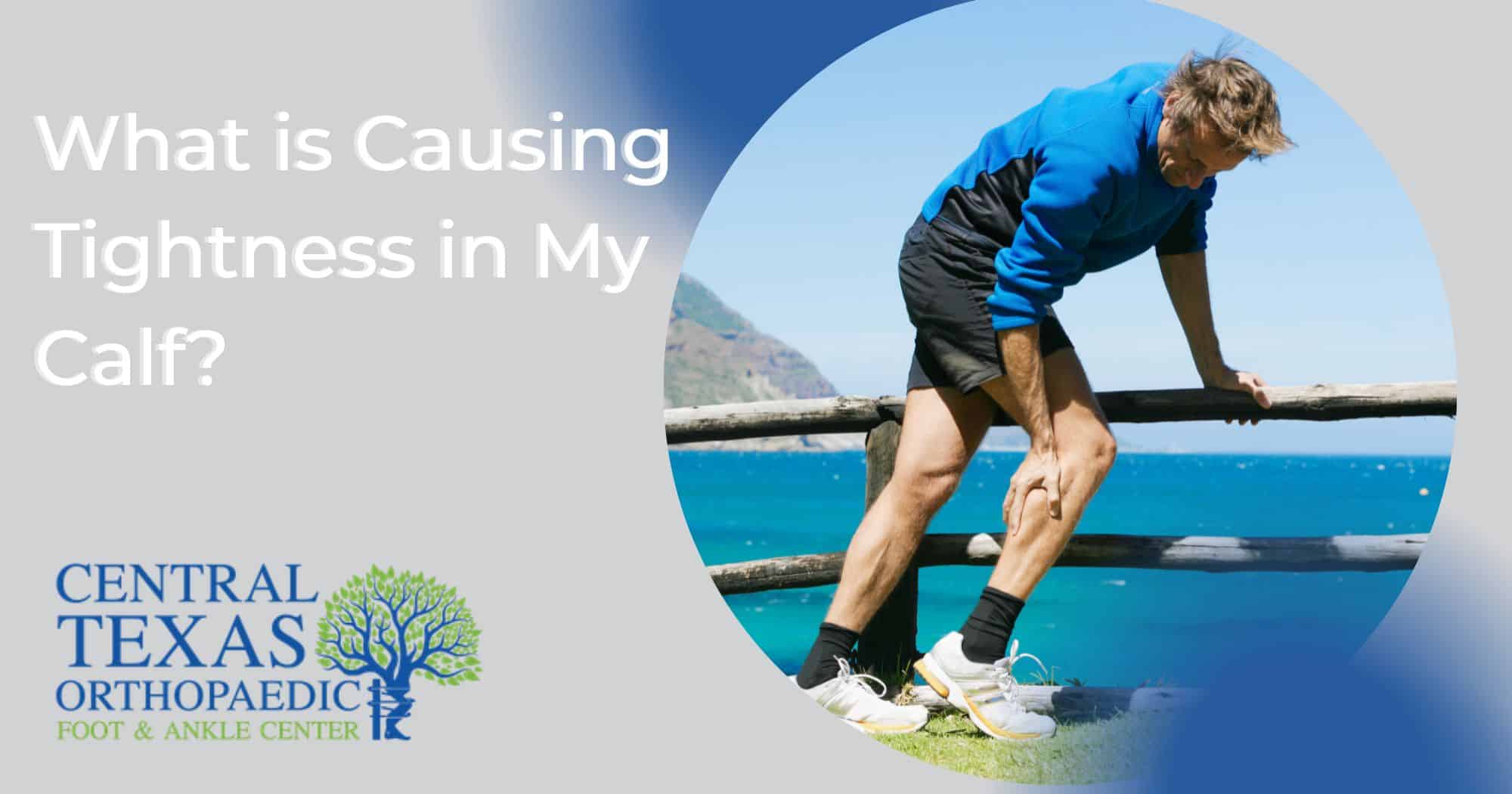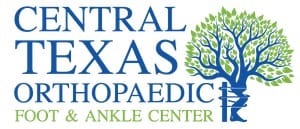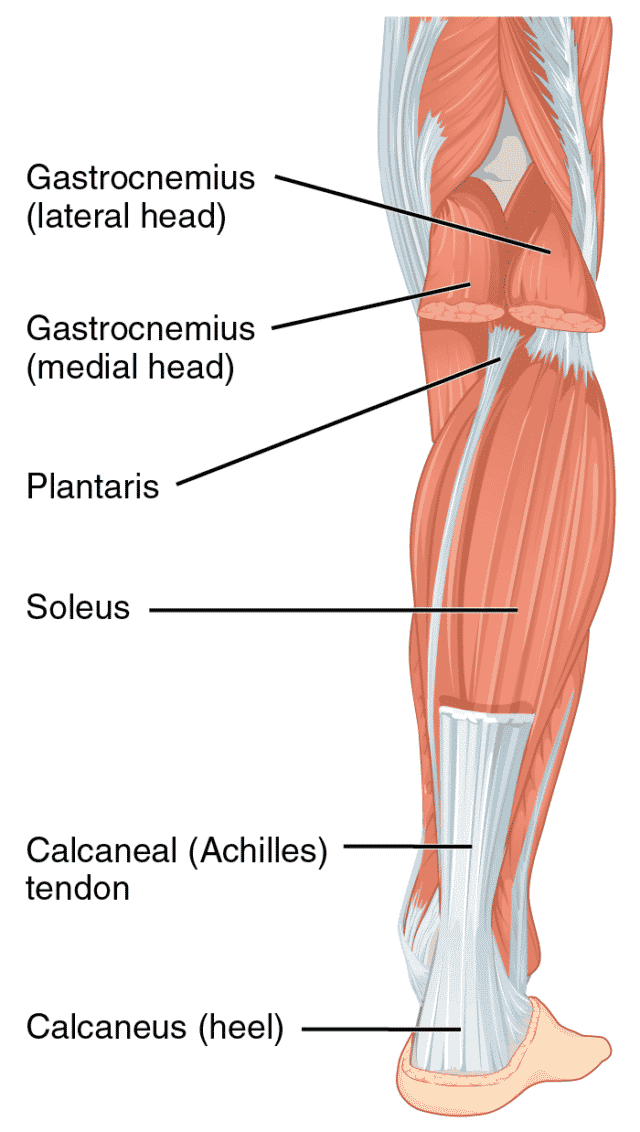Tight or Contracted Gastroc: What is Causing the Tightness in My Calf?

Do you experience tightness in your leg muscles, specifically in your calf muscles? If so, you may have tight gastroc muscles. This condition, which is also known as gastroc and soleus syndrome, can cause a lot of pain and discomfort. However, there is treatment available to help loosen calf muscles and provide some relief so you can manage the condition and get back to doing the activities you love. In this blog post, we will discuss the causes, treatment, and prevention of tight gastroc muscles.
1. What are the gastroc and soleus muscles?
The gastroc and soleus muscles are located in the back of the lower leg. The gastroc muscle is the larger of the two, and it attaches to the femur (thigh bone). The soleus muscle is smaller and attaches to the tibia (shin bone). These muscles work together to help you flex your foot and point your toes.
2. What causes tight gastroc muscles?
There are a few things that can cause tight gastroc muscles, including:
– overuse of the muscles (from activities like running or playing sports)
– injury to the muscle (such as a strain or tear)
– lack of stretching
3. What are the symptoms of tight gastroc muscles?
The most common symptom of tight gastroc muscles is pain in the back of the lower leg. This pain may worsen with activity, and you may also notice that your range of motion is limited. In severe cases, the muscle may feel hard or knotted.
4. How can I prevent tight gastroc muscles?
There are a few things that you can do to prevent tight gastroc muscles, including:
– stretching the muscle regularly
– warming up before activities
– wearing supportive shoes
– avoiding high-impact activities if you are prone to tightness
5. How is tight gastroc treated?
There are a few things that you can do to treat tight gastroc muscles, including:
– rest the muscle by avoiding activities that aggravate the condition
– ice the muscle to reduce inflammation
– stretch and massage the muscle
– take over-the-counter pain medication
If these conservative measures do not improve the condition, you may need to see a doctor. A physician may prescribe physical therapy or injections to help relieve the pain. In rare cases, surgery may be necessary to release the muscle. To determine what’s causing your pain in order to get the proper treatment, we recommend seeing an orthopaedic surgeon.
In the Waco, Texas area, call CTX Foot and Ankle Center. Dr. Bednarz and his staff will help determine the cause of your pain and establish a treatment plan and timeline so you can get back to the activities you enjoy.


